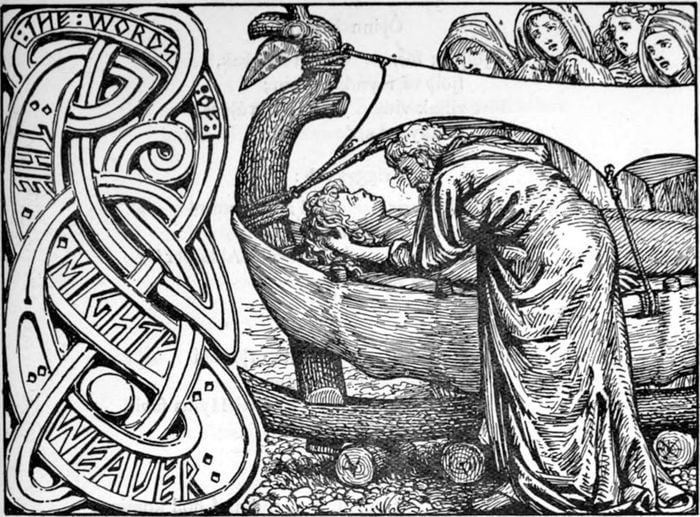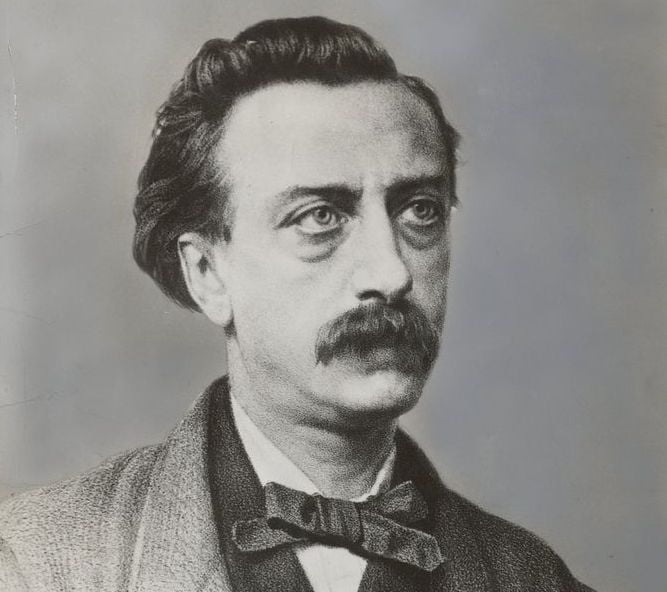The Death of King Boris and German Control
King Boris Seeks a Way Out
Toward the later years of World War II, King Boris III of Bulgaria secretly began negotiating with his father-in-law,...
World War II and Bulgaria
The Molotov–Ribbentrop Discussions
In November 1940, the foreign ministers of the Soviet Union and Germany, Vyacheslav Molotov and Joachim von Ribbentrop, met in Berlin. Molotov...
King Boris and the Central European Powers
Political Instability and Stambolisky’s Role
During the reign of King Boris III, Bulgaria experienced a period of political instability. Different prime ministers came to power,...
Overview of Jesus’ Message to the Church in Ephesus
Each letter in the book of Revelation has three main parts: a review of both good and bad actions, a call for repentance for...
Jesus as the Lord of All Churches
The first thing Jesus wanted to tell the church in Ephesus was that He is the Lord over all the churches. He is always...
The “Angel” of the Church Human Leaders or Heavenly Beings?
Some people believe the "angel" mentioned in the letters refers to the pastor or human leader of the church. However, this is unlikely because...
Parmenides Empedocles and Anaxagoras
Exploring Ancient Cosmologies
Parmenides (c. 450 BCE) The Sphere of All, Wreaths of Fire
Parmenides of Elea in Italy challenges conventional physics by arguing against the...
Ionic Thought’s Influence
Concepts of Celestial Wheels and Bowls of Fire
This section explores the impact of Ionic thought on early Greek cosmology, focusing on key figures such...
Anaximander of Miletus
Anaximander of Miletus (c. 550 BCE) Exploring Celestial Fire and Wheels
Around 550 BCE, Anaximander of Miletus presented innovative ideas about the cosmos, envisioning the...
Own marketing
We did our own marketing
When we first acquired the company we said `we won`t expand in the tour operation business; we will do our...














